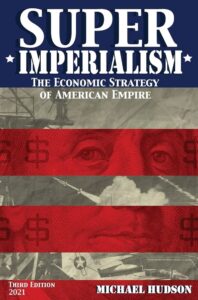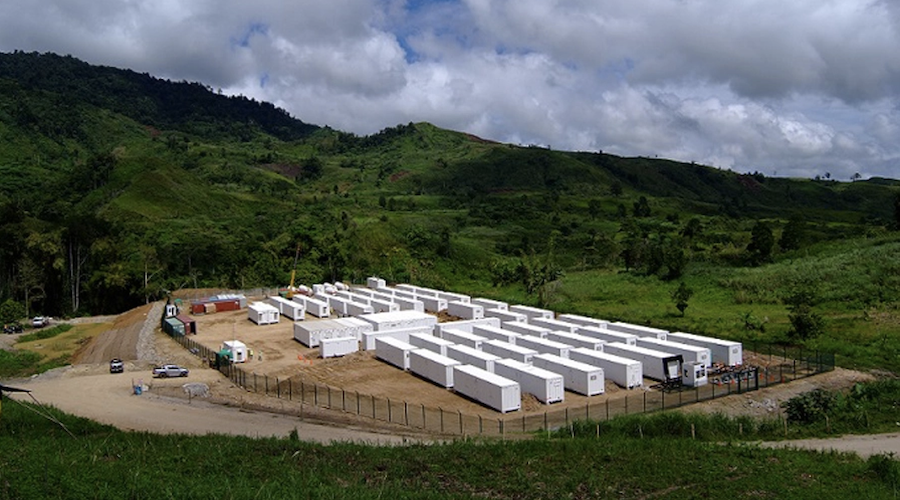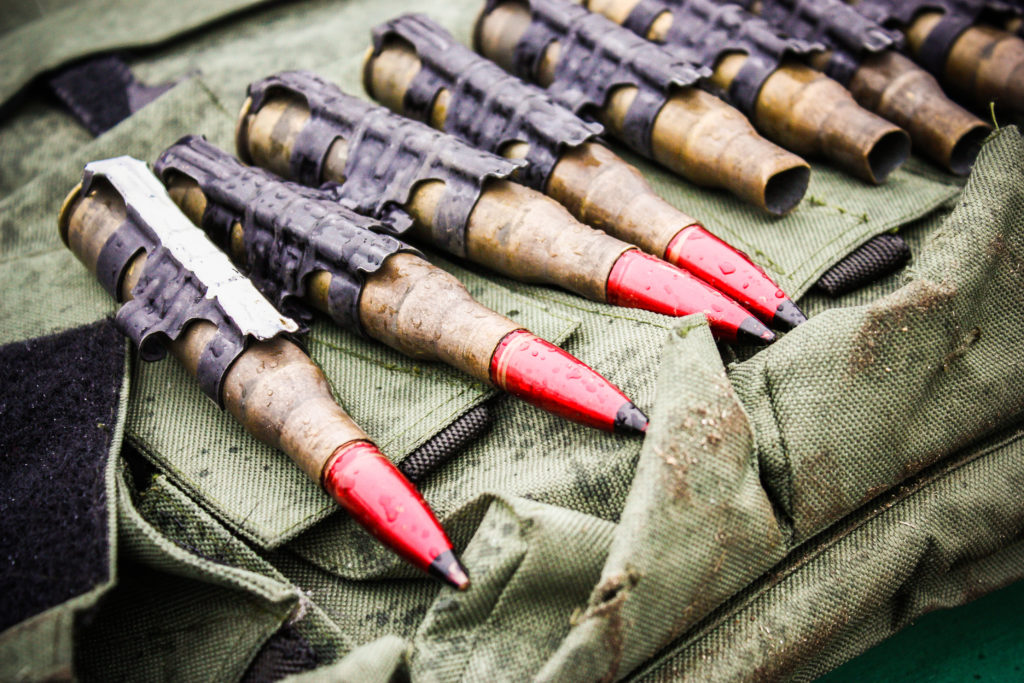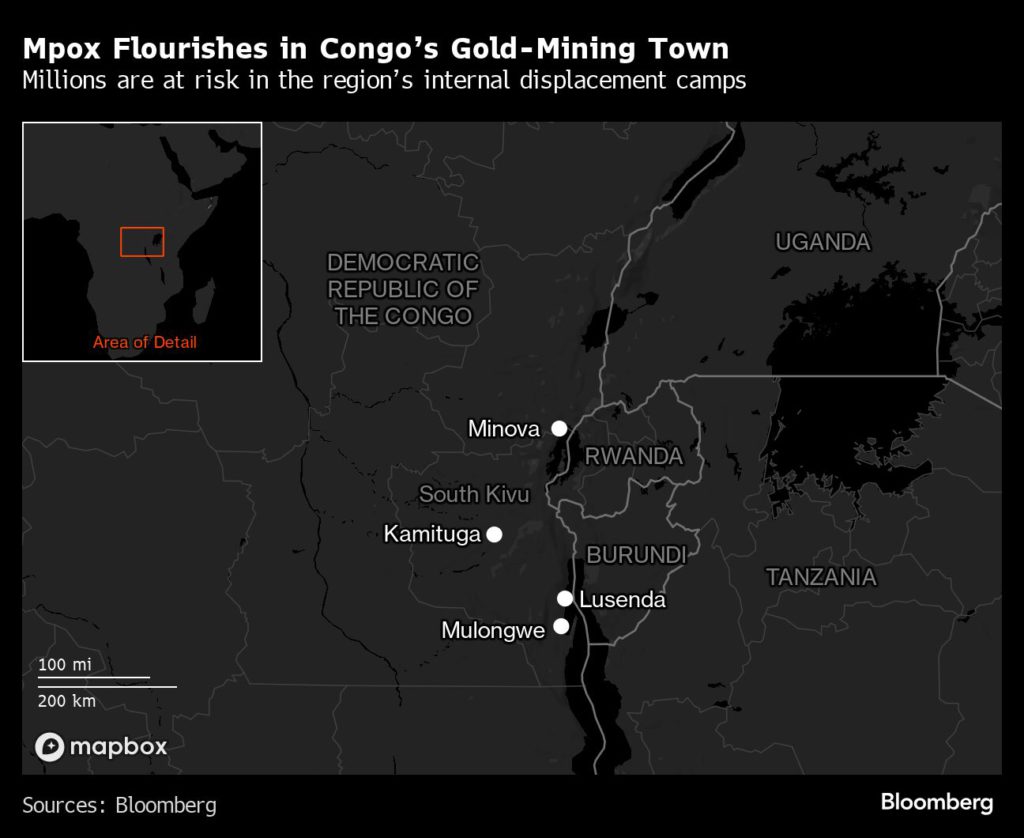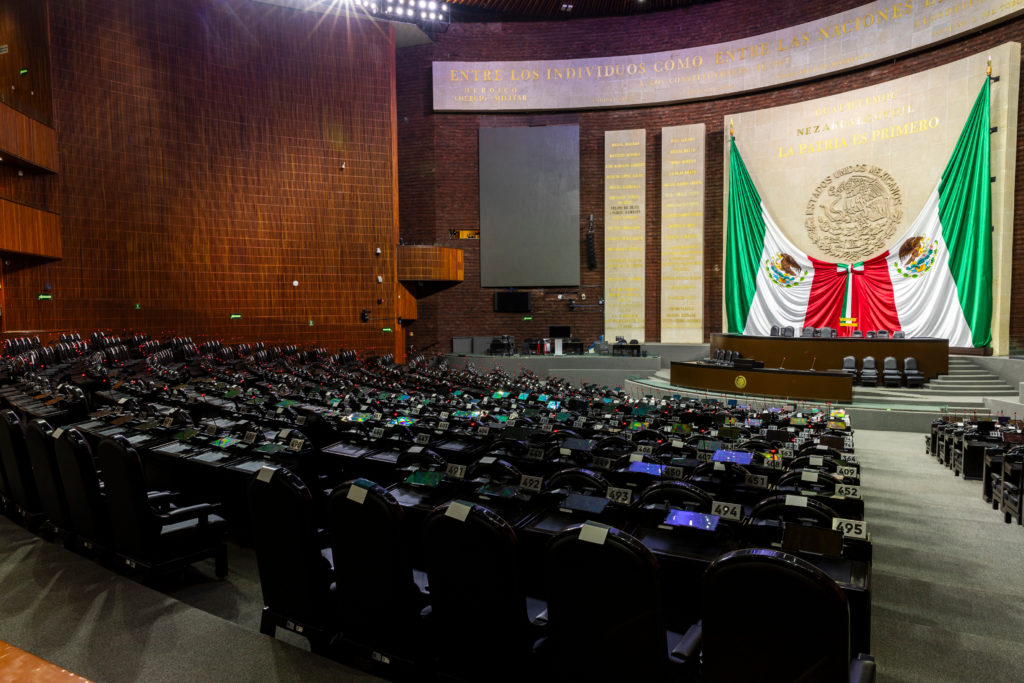Starmer’s Fingerprints, Not Just the Tories’, are all over Britain’s Race Riots
In the UK, Islamophobia is so bipartisan, so normalised, that BBC reporters refer to anti-Muslim pogromists as ‘pro-British protesters’
Imagine this scene, if you can. For several days, violent mobs have massed in the centre of British cities and clashed with police in an attempt to reach synagogues to attack them.
Draped in England flags and Union Jacks, and armed with cricket bats and metal rods, the trouble-makers have dismantled garden walls to throw bricks.
Gangs have swept through residential areas where Jews are known to live, smashing windows and trying to break down doors. The rioters attacked and torched a hotel identified as housing Jewish asylum seekers, an act that could have burned alive the occupants.
For days, the media and politicians have chiefly referred to these events as far-right “thuggery” and spoken of the need to restore law and order.
In the midst of all this, a young Jewish MP is invited onto a major morning TV show to talk about the unfolding events. When she argues that these attacks need to be clearly identified as racist and antisemitic, one of the show’s presenters barracks and ridicules her.
Close by, two white men, a former cabinet minister and an executive at one of the UK’s largest newspapers, are seen openly laughing at her.
Oh, and if this isn’t all getting too fanciful, the TV presenter who mocks the young MP is the husband of the home secretary responsible for policing these events.
The scenario is so hideously outrageous no one can conceive of it. But it is exactly what took place last week – except that the mob wasn’t targeting Jews, but Muslims; the young MP was not Jewish but Zarah Sultana, the country’s most high-profile Muslim MP; and her demand was not that the violence be identified as antisemitic but as Islamophobic.
It all sounds a lot more plausible now, I’m guessing. Welcome to a Britain that wears its Islamophobia proudly, and not just on the streets of Bolton, Bristol or Birmingham, but in a London TV studio.
‘Pro-British protests’
Islamophobia is so bipartisan in today’s Britain that BBC reporters on at least two occasions referred to the mobs chanting anti-Muslim and anti-immigrant slogans as “pro-British protesters“.
The chief focus of nightly news has not been the anti-Muslim racism driving the mob, or the resemblance of the riots to pogroms. Instead, it has highlighted the physical threats faced by the police, the rise of the far-right, the violence and disorder, and the need for a firm response from the police and courts.
The trigger for the riots was disinformation: that three small girls stabbed to death in Southport on 29 July had been killed by a Muslim asylum seeker. In fact, the suspected killer was born in Cardiff to Rwandan parents and is not Muslim.
But politicians and the media have contributed their own forms of disinformation.
Media coverage has mostly assisted – and echoed – the rioters’ racist agenda by conflating the violent targeting of long-settled Muslim communities with general concerns about “illegal” immigration. The reporting has turned “immigrant” and “Muslim” into synonyms just as readily as it earlier turned “terrorist” and “Muslim” into synonyms.
And for much the same reason.
In doing so, politicians and the media have once again played into the hands of the far-right mob they are seemingly denouncing.
Or seen another way, the mob is playing into the hands of the media and politicians who claim they want calm to prevail while continuing to stir up tensions.
Muslim youth who turned out to defend their homes, as police struggled to cope with the onslaught, were labelled “counter-protesters.” It was as if this was simply a clash between two groups with conflicting grievances, with the police – and the British state – caught in the middle.
Again, can we imagine rioting, hate-filled pogromists trying to burn alive Jews being described as “protesters,” let alone “pro-British?”
None of this has come out of nowhere. The current anti-Muslim mood has been stoked by both sides of the political aisle for years.
The British establishment has every incentive to continue channelling public anger over economic issues – such as shortages of jobs and housing, crumbling services and the rocketing cost of living – onto scapegoats, such as immigrants, asylum seekers and Muslims.
Were it not doing so, it might be much easier for the public to identify who are the true culprits – an establishment that has been pushing endless austerity policies while siphoning off the common wealth.
‘Abusive relationship’
The case against the right is easily made.
Sayeeda Warsi, a Conservative peer and former cabinet minister, has been warning for more than a decade that her party is filled with Muslim-hating bigots, among both the wider membership and senior officials.
She declared back in 2019: “It does feel like I’m in an abusive relationship at the moment… It’s not healthy for me to be there any more with the Conservative party.”
A recent poll found that more than half of Tory party members believe Islam is a threat to what was termed a “British way of life” – far above the wider public.
Such racism stretches from the top to the bottom of the party.
Boris Johnson, whose novel Seventy-Two Virgins compared veiled Muslim women to letterboxes, won endorsement in his prime ministerial run from far-right figures such as Tommy Robinson, who has been fomenting the current wave of riots from a Cyprus hideaway.
Warsi was especially critical of Michael Gove, one of the key actors in successive Conservative governments. She observed: “I think Michael’s view is there is no such thing as a non-problematic Muslim.”
That may explain why the party has repeatedly refused to address proven and rampant Islamophobia within its ranks. For example, officials quietly reinstated 15 councillors suspended over extreme Islamophobic comments once the furore had died down.
Even when the leadership was eventually cornered into agreeing to an independent inquiry into anti-Muslim bigotry in the party, it was quickly watered down, becoming a “general inquiry into prejudice of all kinds.”
‘Swarm flooding UK’
In February, shortly after Lee Anderson stepped down as the Conservative party’s deputy chairman, he declared that “Islamists” had “got control of” Sadiq Khan, London’s mayor. The mayor, Anderson added, had “given our capital city away to his mates.”
He was suspended from the Tory parliamentary party when he refused to apologise. But even then, Tory leaders, including the then-prime minister, Rishi Sunak, and his deputy, Oliver Dowden, refused to label Anderson’s comments as racist or Islamophobic.
Dowden suggested only that Anderson had used the “wrong words.”
Sunak ignored Anderson’s inflammatory, hate-filled rhetoric altogether, redirecting public ire instead towards marches against Israel’s slaughter of Palestinians in Gaza – or what he described as a supposed “explosion in prejudice and antisemitism”.
Anderson soon defected to the even more aggressively anti-immigrant Reform party of Nigel Farage.
Suella Braverman, a former home secretary, similarly proclaimed: “The truth is that the Islamists, the extremists and the antisemites are in charge now.”
Right-wing media, from GB News to the Daily Mail, have regularly echoed such sentiments, comparing immigrants – invariably implied to be Muslims – as a “swarm” flooding Britain’s borders, taking away jobs and housing.
Even the body charged with identifying and protecting ethnic minorities made an all-too-obvious exception in the case of institutional Islamophobia.
The Equality and Human Rights Commission had been only too keen to investigate the Labour Party over what turned out to be largely evidence-free claims of antisemitism against its members.
But the same body has steadfastly refused to carry out a similar investigation into well-documented Islamophobia in the Tory Party, despite receiving a dossier from the Muslim Council of Britain containing allegations of bigotry from 300 figures in the party.
‘Stop the boats’
Labour Prime Minister Keir Starmer is now leading a high-profile crackdown on the violence of the far-right by setting up a “standing army” of anti-riot police squads and pressing for speedy and tough sentencing.
His supporters trumpeted his success in his first major test as prime minister last week, when expected riots last Wednesday failed to materialise. But since becoming Labour leader four years ago, Starmer has played a direct role in fuelling the anti-Muslim climate, too, a climate that encouraged the far-right out onto the streets.
In his campaign for No 10, he made a conscious decision to compete with the Tories on the same political terrain, from “illegal immigration” to patriotism and law and order.
That political terrain was shaped by a New Labour foreign policy 20 years ago that has had far-reaching domestic repercussions, stigmatising British Muslims as un-British, disloyal and prone to terrorism.
In lockstep with the United States, the Labour government of Tony Blair waged a brutal, illegal war on Iraq in 2003 that left more than 1 million Iraqis dead and many millions more homeless. Still more were dragged off to black sites to be tortured.
Along with a violent and prolonged occupation of Afghanistan by the US and UK, the Iraq invasion triggered regional chaos and spawned new and nihilistic forms of Islamist militancy, particularly in the form of the Islamic State group.
Blair’s brutalising crusade in the Middle East – often framed by him as a “clash of civilisations” – was bound to alienate many British Muslims and radicalise a tiny number of them into a similar nihilism.
In response, Labour introduced a so-called Prevent strategy that cynically focused on the threat from Muslims and conflated an entirely explicable disenchantment with British foreign policy with a supposedly inexplicable and inherently violent tendency within Islam.
Starmer modelled his own leadership on Blair’s and recruited many of the same advisors.
As a result, he was soon obsessively aping the Conservatives in a bid to win back the so-called Red Wall vote. The loss of urban areas of northern England in the 2019 general election to the Tories was in large part down to Labour’s muddled position on Brexit, for which Starmer was chiefly responsible.
Starmer tacked firmly rightwards on immigration, chasing after the Conservative Party as it veered even further to the right in its attempt to head off an electoral insurgency from Farage’s Reform Party.
As opposition leader, Starmer echoed the Tories in fixating on “stopping the small boats” and “smashing the smuggling gangs”. The subtext was that the migrants and asylum seekers fleeing the very troubles the UK had inflamed in the Middle East were a threat to Britain’s “way of life”.
It was a reinvention of the “clash of civilisations” discourse Blair had championed.
Days before polling in last month’s general election, Starmer went one further, promoting dog-whistle racism of the kind more usually associated with the Tories.
The Labour leader singled out Britain’s Bangladeshi community as one where he would act more decisively in carrying out deportations. “At the moment, people coming from countries like Bangladesh are not being removed,” he told an audience of Sun readers.
War on the Left
But there was another, even more cynical reason Starmer made racial and sectarian politics central to his campaign. He was desperate not only to win over the Tory vote but to crush the Labour left and its political agenda.
For decades, Jeremy Corbyn, his predecessor, had been celebrated by the Labour Left – and reviled by the Labour Right – for his anti-racist politics and his support for anti-colonial struggles such as that of the Palestinians.
For his troubles, Corbyn was roundly smeared by the British political and media establishment in every way possible. But it was the charge of antisemitism – and its conflation with anything more than the mildest criticism of Israel – that proved the most damaging.
The same Equality Commission that resolutely refused to investigate the Tories over Islamophobia hurried to bolster the smears of Corbyn’s Labour Party as institutionally antisemitic, even though the body struggled to produce any evidence.
With the chameleon-like Starmer, it is difficult to divine any certain political convictions. But it is clear he was not going to risk facing the same fate. The party’s leftwingers, including Corbyn, were hurriedly purged, as was anything that smacked of a left agenda.
Starmer became a rabid cheerleader for Nato and its wars, and a champion of Israel – even after 7 October, when it cut off food and water to the 2.3 million people of Gaza in what the world’s highest court would soon be calling a “plausible” genocide.
By then, Starmer’s war on the left and its politics was well-advanced.
‘Threat’ snuffed out
The nature of that factional attack was already clear in April 2020, shortly after Starmer had taken over Labour’s reins, when an embarrassing internal party report was leaked.
Among many other things, it showed how, during Corbyn’s leadership, the Labour right had sought to damage him and his supporters using antisemitism smears as the weapon of choice.
Still finding his feet as leader, and trying to head off an internal revolt over the revelations, Starmer appointed Martin Forde KC to carry out an independent review of the leak.
After long delays, largely caused by obstructions from party officials, Forde published his findings in the summer of 2022. He identified what he called a “hierarchy of racism”, in which the Labour right had sought to weaponise antisemitism against the left – including against its Black and Asian members.
Perhaps not surprisingly, Labour members from ethnic minorities tend to share more political ground with Corbyn and the Labour left, especially in their strong opposition to racism and the decades-long colonial oppression of the Palestinians.
That was seen by the Labour right and Starmer as a threat – and one they were determined to snuff out.
An Al Jazeera documentary broadcast in September 2022, drawing on more documents than Forde had managed to secure, discovered rampant Islamophobia from Starmer’s officials and the Labour right.
One of the victims of Starmer’s purges of the left described to the programme-makers Labour’s recent years as a “criminal conspiracy against its members”.
Al Jazeera’s investigation found that Muslim party members, including local councillors, had been firmly in the Labour right’s crosshairs.
Party officials were revealed to have colluded in concealing law-breaking, covert surveillance and data collection on Muslim members, as a prelude to suspending the entire London constituency of Newham, apparently because there were concerns about it being dominated by the local Asian community.
Ethnic minority staff in the Labour head office who raised complaints about these discriminatory actions were dismissed from their jobs.
Purges
Labour continued its visible purges right up to the July general election, cynically excluding and removing left-wing, Black and Muslim candidates at the last minute, so there would be no time to challenge the decision.
The highest-profile victim was Faiza Shaheen, an economist who had already been chosen as the parliamentary candidate for Chingford and Woodford Green until she was ditched very publicly and unceremoniously. Questioned about the decision, Starmer said he wanted only the “highest quality candidates”.
A similar campaign to humiliate and undermine Diane Abbott, the first black woman MP and a Corbyn ally, dragged on for weeks before being resolved begrudgingly in her favour.
The barely veiled insinuation yet again was that Muslim and Black candidates could not be trusted, that they were suspect.
Notably too, it later emerged that Starmer’s officials had sent a threatening legal letter to Forde after he had spoken to Al Jazeera about racism within the party. Forde concluded it was a barely veiled attempt to “silence” him.
Shortly after winning an overwhelming parliamentary majority on one of Labour’s lowest-ever ever vote-shares, Starmer effectively suspended a handful of leftwing MPs from the parliamentary party – as he earlier had done to Corbyn. Their offence was voting to end child poverty.
Most visible was Zarah Sultana, the young Muslim MP who had been barracked and jeered on Good Morning Britain for arguing that the riots needed to be identified as Islamophobic.
Dangerous conflation
Though it has been widely understood that Starmer was determined to crush the Labour left, the inevitable consequences of that policy – especially in relation to large sections of Britain’s Muslim population – have been far less examined.
One of the ways Starmer distanced himself from Corbyn and the left was to echo Israel and the British right in redefining anti-Zionism as antisemitism.
That is, he has smeared those who take the same view as the judges of the World Court that Israel is an apartheid state and one that has assigned Palestinians inferior rights based on their ethnicity.
He has also vilified those who believe Israel’s slaughter in Gaza is the logical endpoint for a racist apartheid state unwilling to make peace with the Palestinians.
Two groups in particular have felt the full force of this conflation of opposition to Israel’s crimes against the Palestinians – namely, anti-Zionism – and antisemitism.
One is Labour’s left-wing Jews. The party has assiduously tried to conceal their existence from public view because they all too obviously disrupt its antisemitism narrative. Proportionally, the largest group expelled and suspended from Labour have been Jews critical of Israel.
But conversely, and even more dangerously, Starmer’s conflation has served to visibly tar Muslims in general as antisemitic, given that they are the most vocal and united community in opposing Israel’s “plausible” genocide in Gaza.
Starmer’s denunciations of anti-Zionists as Jew haters have – whether intentionally or not – readily bolstered a poisonous caricature the Tories have been promoting of Islam as a religion inherently hateful and violent.
Israel’s genocidal war on Gaza over the past 10 months – and the horrified reactions of millions of Britons to the slaughter – has brought the problem with Starmer’s approach into especially sharp relief.
The Labour leader may have eschewed the incendiary rhetoric of Braverman, who denounced as “hate marches” the mass, peaceful protests against the slaughter. But he has subtly echoed her sentiments.
In rejecting the left’s anti-racism and anti-colonialism, he has had to prioritise the interests of a genocidal foreign state, Israel, over the concerns of Israel’s critics.
And to make his stance appear less ignoble, he has tended, like the Tories, to gloss over the diverse racial composition of those opposing the slaughter.
Loyalty test
The goal has been to try to discredit the marches by obscuring the fact that they have multiracial support, that they have been peaceful, that many Jews have taken a prominent part and that their message is against genocide and apartheid and in favour of a ceasefire.
Instead, Starmer’s approach has insinuated that domestic Muslim extremists are shaping the nature of the protests through chants and behaviour that are likely to make Jews fearful.
The Labour leader has claimed to “see hate marching side by side with calls for peace, people who hate Jews hiding behind people who support the just cause of a Palestinian state”.
It is a lawyerly, coded version of the racist right’s “Londonistan” – the supposed takeover of the UK’s capital by Muslims – and the smears, now even from government advisors, that the weekly marches in solidarity with Gaza’s suffering are turning British cities into “no-go zones” for Jews.
Starmer’s words – whether by design or not – have breathed life into the racist right’s preposterous allegation of “two-tier policing”, in which the police are supposedly so afraid to take on the Muslim community that the far-right needs to do their job for them.
The reality of that two-tier policing was only too visible last month when a video showed a police officer stamping on the head of a tasered and inert Muslim man after a fracas at Manchester airport. The man’s brother was shown being assaulted while his hands were behind his head, and their grandmother reports having been tasered too.
As with the Tories, Starmer’s unstinting support for Israel since 7 October – and his framing of protests against the slaughter as threatening to Jewish communities – has created an undeclared, implicit loyalty test. One that assumes most British Jews are patriots while casting suspicion on British Muslims that they need to prove they are not extremists or potential terrorists.
Both the main parties appear to believe it is fine for British Jews to cheerlead their co-religionists in Israel as the Israeli army bombs and starves Palestinian children in Gaza – and even that there is nothing wrong with some of them heading to the Middle East to take a direct part in the killing.
But the two parties also insinuate that it may be disloyal for Muslims to march in solidarity with their co-religionists in Gaza, even as they are being butchered by Israel, or vociferously oppose decades of belligerent Israeli occupation and siege that the world’s highest court has ruled are illegal.
In other words, Starmer has tacitly endorsed a logic that views the waving of a Palestinian flag at a demonstration as more dangerous and alien to British values than joining a foreign army to commit mass murder – or, let us note, than sending weapons to that army for it to slaughter civilians.
Reclaiming the streets
There are indications that Starmer’s alienation of large parts of the Muslim community – intimating that its views on Gaza equate to “extremism” – may have been intentional and designed to impress voters on the right.
A “senior Labour source” told reporters that the party welcomed the resignation of dozens of councillors from Labour over Starmer’s comments in support of Israel starving Gaza’s population. It was, the source said, the party “shaking off the fleas”.
A related narrative was advanced by Starmer loyalists ousted in last month’s general election by leftwing independents, including Corbyn, running on a platform to stop the slaughter in Gaza.
Jonathan Ashworth, who lost his Leicester South seat to Shockat Adam at July’s general election, accused supporters of his Muslim rival of failing to abide by democratic norms – through what Ashworth has termed “vitriol”, “bullying”, and “intimidation”.
No evidence has been produced for his claim.
Palestinian flags have been all too visible at what politicians and the media have been calling “counter-demonstrations” – anti-fascists reclaiming the streets from the far-right, as they did last Wednesday.
The Labour right, which like Starmer is keen to see the left disappear from British politics, had insisted that anti-racists stay at home to let the police deal with the racist rioters.
But it is precisely because the anti-racist left has been forced onto the back foot through a bipartisan campaign of smears – painting it as extreme, antisemitic, un-British, traitorous – that the racist right has felt emboldened to show who is in charge.
Starmer is now determined to put the genie he helped release back into the bottle through sheer brute force, using the police and courts.
There is every reason to fear, given Starmer’s campaign of smears against the left and authoritarian purges within his party, that his new government is more than capable of deploying the same heavy hand against the so-called “counter-demonstrators”, however peaceful.
The Labour leader believes he reached power by smearing and crushing the anti-racist left, by driving it into the shadows.
Now, as prime minister, he may yet decide it is time to roll out the same programme across the nation.


